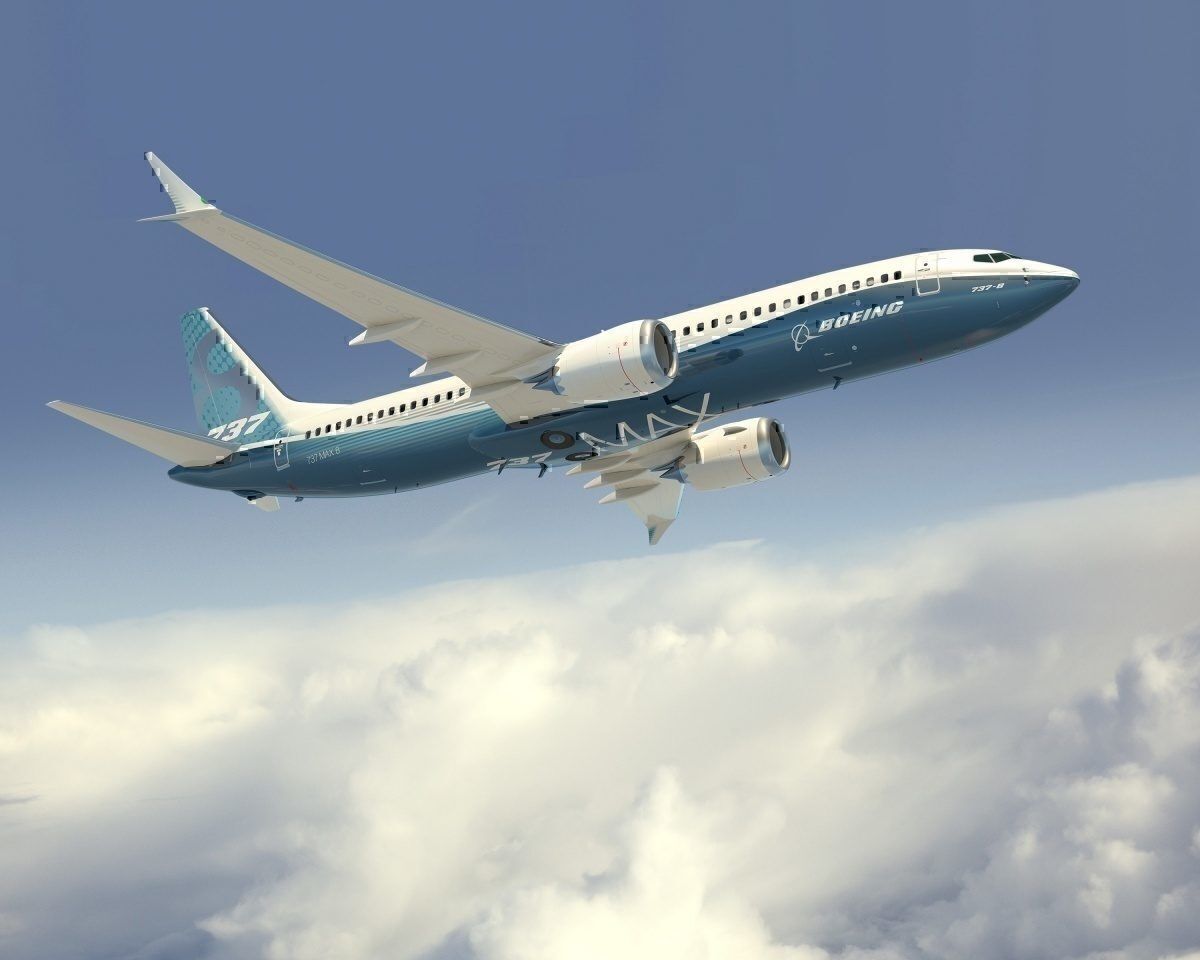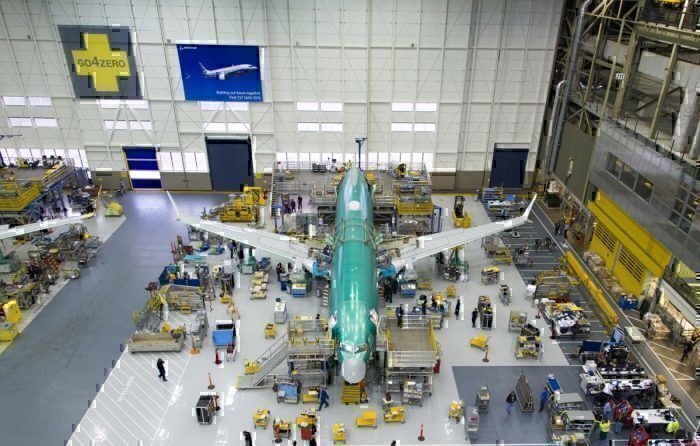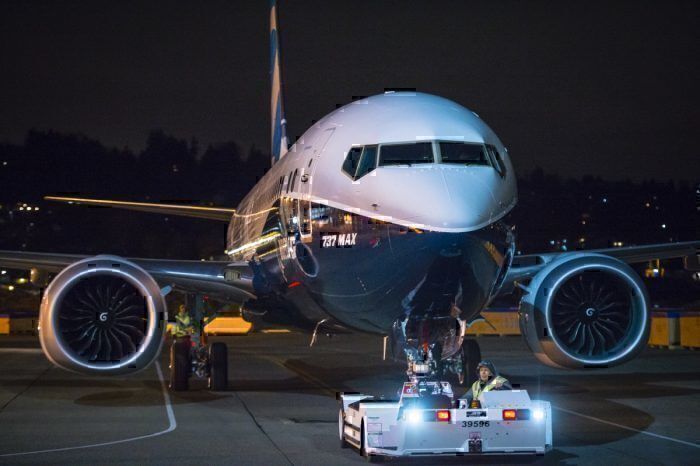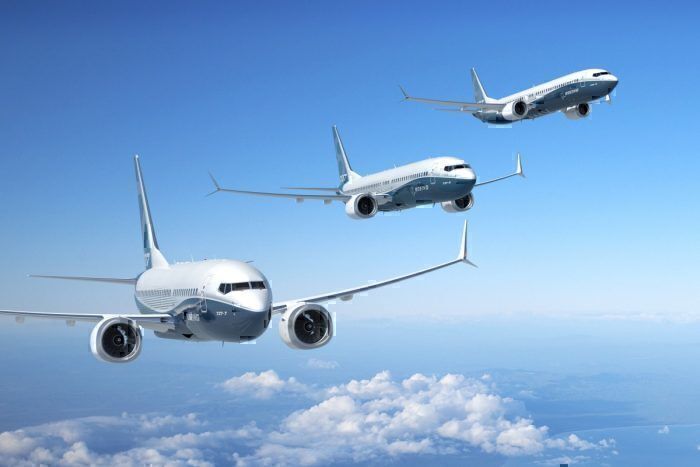Boeing will submit the 737 MAX for assessment by the FAA in October. Should the aircraft be recertified to fly, the planemaker then has the massive task of delivering a huge backlog of built aircraft. It seems that the manufacturer is all too aware of this fact, and has already started making preparations for what’s being called “one of the biggest logistical operations in civil aviation history”.
Getting the 737 MAX certified by aviation authorities to fly again is just one of the hurdles facing Boeing right now. If the FAA does indeed approve the plane in October, the US manufacturer will then be faced with a mammoth task of getting all the stored planes delivered, as well as helping carriers get their grounded aircraft back into service.
Added to this, the production line will be back in full swing, churning out more than 40 aircraft a month with a view to getting back to the 52 per month that was in place pre-grounding. All these aircraft need to be delivered too, adding more strain to the logistical planning of the US planemaker.
Boeing, in absolute confidence of the MAX’s imminent return, has begun the preparations needed to get the aircraft back into service. Reuters reports one Boeing employee likening the preparations to a country “going to war”. Here’s what the manufacturer is doing, that we know of, so far.
How many planes?
All in all, Boeing has around 250 737 MAX aircraft parked at various storage locations in a Tetris-like configuration (including its own employee car park). All these aircraft need to be dusted off, checked over and readied for the customer acceptance process to start.
As well as these, there are 387 all over the world that had already been delivered to operators at the time of the ban. Boeing has said they will support airlines in returning these aircraft to service, therefore needs to ensure an adequate supply of engineers and tools to keep this promise.
Finally, the current rate of manufacture is producing 42 737 MAX aircraft per month. This will only add to the chaos, as even more aircraft will need to be readied for customer delivery.
What’s Boeing doing?
According to Reuters reporting, the planemaker is weeks into what it calls an ‘elaborate blueprint’ for returning the jet to service. A source speaking to the publication said that this involves in the region of 1,500 engineers, as well as mountains of parts and tools.
Although that sounds like a small army, Boeing Commercial Airplanes Chief Engineer John Hamilton addressed the movement in more romantic terms, likening it to a complex ‘ballet’ to synchronize all the facets involved. He told Reuters that this includes as many as 680 different suppliers.
In terms of bringing the 250 stored aircraft out of mothballs, Boeing is estimating between 100 and 150 hours of work per jet. This will include things like installing new software, cycling engines and changing fluids. This task alone will likely take Boeing months. To speed up the process just a little, Boeing workers have reportedly been pre-assembling dedicated tool kits for technicians in preparation for the lifting of the ban.
Once the aircraft are ready to fly, the customer acceptance process will start. This involves several days of test flights, for which Boeing needs to find a small army of pilots. To tackle this, the planemaker is discussing the potential to hire temporary pilots with Isle of Man company CCL Aviation.
A spanner (or ten) in the works
While Boeing is clearly determined to make things happen as quickly as possible once the ban does get lifted, there are some parts of the process which are beyond its control. Regulators around the world are beginning to voice their own plans, which for many will include conducting their own scrutiny processes before allowing the MAX to fly. If this type of action leads to a prolonged period of grounding in some nations, not all the planes will be able to be delivered even when the FAA approval is given.
Not only this, but even the US-based carriers may be unwilling to take all their outstanding jets at the point that the ban is lifted. Back when the aircraft was grounded, carriers were keen to bolster capacity ahead of the busy summer season. If the ban is lifted as we head into winter, these same airlines may not be so keen to add lots of capacity all of a sudden.
And then there are the planes which simply have nowhere to go. Reuters reports that around a dozen of the jets are headed for lessors who have not yet found customers. A handful of these were, in fact, heading to Jet Airways, who are clearly not able to take them anymore.
While Boeing does everything it can to smooth out the ride for its bestselling plane, the MAX looks to be set to endure plenty more turbulence in the months ahead.




